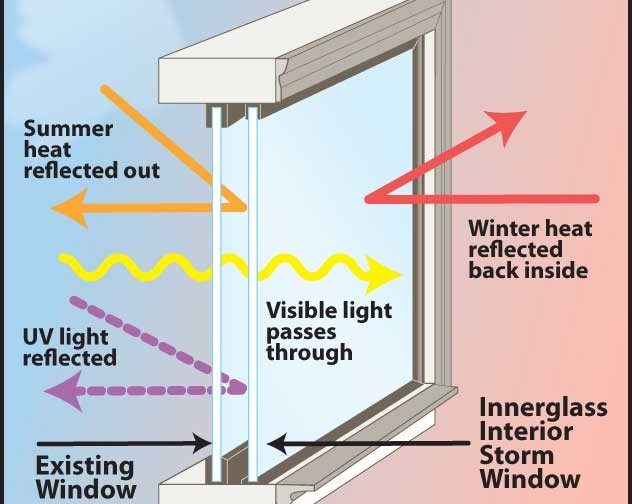All Categories
Featured
Table of Contents
Which Double Glazed Windows Are Best For Summer? in WA Perth
Glazing simply means the windows in your house, consisting of both openable and set windows, as well as doors with glass and skylights. Glazing actually simply suggests the glass part, but it is generally used to describe all aspects of an assembly including glass, films, frames and home furnishings. Paying attention to all of these elements will help you to accomplish efficient passive design.

Energy-efficient glazing makes your house more comfy and significantly minimizes your energy costs. Unsuitable or improperly developed glazing can be a significant source of undesirable heat gain in summer season and considerable heat loss and condensation in winter season. Up to 87% of a home's heating energy can be gained and approximately 40% lost through windows.
Guide To Double Glazing – Functional And Energy Efficient in Langford Perth
Glazing is a significant investment in the quality of your house. The expense of glazing and the expense of heating and cooling your home are carefully related. A preliminary investment in energy-efficient windows, skylights and doors can considerably decrease your yearly heating & cooling expense. Energy-efficient glazing also minimizes the peak heating and cooling load, which can minimize the needed size of an air-conditioning system by 30%, resulting in additional cost savings.

This tool compares window selections to a base level aluminium window with 3mm clear glass. Understanding some of the key properties of glass will help you to select the very best glazing for your house. Secret residential or commercial properties of glass Source: Adapted from the Australian Window Association The amount of light that passes through the glazing is referred to as visible light transmittance (VLT) or noticeable transmittance (VT).
Which Type Of Glass Is Best For Energy Efficiency? - A&l Windows in East Fremantle WA
This may lead you to turn on lights, which will lead to greater energy costs. Conduction is how easily a product performs heat. This is called the U worth. The U worth for windows (revealed as Uw), explains the conduction of the entire window (glass and frame together). The lower the U value, the higher a window's resistance to heat flow and the much better its insulating value.
For instance, if your home has 70m2 of glazing with aluminium frames and clear glass with a U value of 6. 2W/m2 C, on a winter's night when it is 15C cooler outside compared to indoors, the heat loss through the windows would be: 6. 2 15 70 = 6510W That is equivalent to the total heat output of a large room gas heater or a 6.
4 Benefits Of Double Glazed Windows In The Summer in Stirling WA

If you choose a window with half the U value (3. 1W/m2 C) (for instance, double glazing with an argon-filled gap and less-conductive frames), you can halve the heat loss: 3. 1 15 70 = 3255W The solar heat gain coefficient (SHGC) for windows (revealed as SHGCw) determines how easily heat from direct sunlight flows through a whole window (glass and frame together).
The lower a window's SHGC, the less solar heat it sends to the house interior. Glazing producers state an SHGC for each window type and style. The real SHGC for windows is affected by the angle that solar radiation strikes the glass. This is called the angle of occurrence.
Double Glazed Windows Melbourne in Mount Lawley WA
When the sun is perpendicular (at 90) to the glass, it has an angle of incidence of 0 and the window will experience the optimum possible solar heat gain. The SHGC stated by glazing makers is constantly calculated as having a 0 angle of occurrence. As the angle increases, more solar radiation is shown, and less is transmitted.
Table of Contents
Latest Posts
Sustainability in Bassendean Perth
Climateframe Double Glazing: Perth's Double Glazed ... in Subiaco Western Australia
4 Benefits Of Double Glazed Windows In The Summer in Murdoch Western Australia
More
Latest Posts
Sustainability in Bassendean Perth
Climateframe Double Glazing: Perth's Double Glazed ... in Subiaco Western Australia
4 Benefits Of Double Glazed Windows In The Summer in Murdoch Western Australia